Welcome to the “Cloud Solution Architect” podcast where we talk to Azure architects from across the globe and discuss interesting and creative Azure solutions. For more podcast episodes, animated azure video lessons and simplified how-to Azure articles please visit www.cloud-monk.com
In this episode we talk with Joe Sarabia who works as a Cloud Solution Architect in Microsoft
We talk about Joe’s variety of experiences working on and with all the major private and public cloud providers out there including VMWare, Google, AWS and now Microsoft. We also talk about the book – Phoenix project, how he bought low-cost discounted machines at his local Fry’s store to learn NT migration, how he likes to “build stuff” to keep up with his “continuous learning” methodology and much more valuable advice to anyone in the tech space. We also talk about two of his interesting projects that he has worked on – one focused around people and other around technology.
Enjoy listening !
Joe’s journey on how he got to where he is today (02:02)
- Joe talks about how he started off as an enthusiast by building his “home lab”, then working in weather service and how he worked his way through IT operations. He talks about how an incident where transitioning from a BCDR strategy of “shut down” when a disaster happened to using VMWare solutions, changed the game for him and his business. That’s when he learnt that technology can be a business driver. From there he transitioned over to Amazon and Google in the public cloud arena, and now in Microsoft – one of his main drivers for choosing Microsoft is the relationship and the understanding of enterprise and the flexibility of work to balance work
Defines his “good” and “bad” day at work (08:57)
- Good day:
- Solving a diverse and complex problem.
- When things start to click for the organization (especially around DevOps – he references the book “The Phoenix project”)
- Bad day:
- When he can’t solve the business problem, when they need or want to – due to certain technological restraint/limitations.
The interesting projects Joe has worked on and has made a big impact (12:19)
-
Project #1 – Azure DevOps – He defines DevOps as – People, Process and Product -and the product side being the easiest – like they mention in the Phoenix project. He gives an example of how one of his customers had several silos inside the organization. All the teams at his customer were using different versions of TFS and were looking to migrate TFS to VSTS online and Azure Devops. He had to bring all the dev teams in the same room and talk about current state analysis, future state analysis and gap analysis. Each team had their own pocket of excellence. When the customer realized this and they started learning from the inhouse talent of how the other teams were leveraging technology – it was a moment of dissolving the silos and how he was able to get the people working together.
-
Project #2 – Joe talks about how application insights helped his customer resolve sporadic errors and performance issue patterns. With the power of telemetry from application insights they were able to identify with a click of a button, it as something that coincides with calls back from the database and the RCA was the DBA team was performing maintenance without letting the application team know.
Joe’s advice to anyone who is starting off in the Cloud Solution space (23:41)
- Having a computer science degree helped him out, although he thinks it may not be a mandatory requirement currently.
- Ability to write lightweight code, and understanding both the infrastructure and app side gives him an advantage.
- Leverage the free tier (or pay if necessary) to play around with the features.
- Building your own website to build a blog will teach you a lot.
- Attend or host user groups local to the place you live in. Leverage the educational benefits or discounts that all the major cloud providers provide.
- Build stuff – applications ( he gives an example of his friend who built a game not because “he should” but because “he can”
Joe’s advice to keep himself abreast of all the changes happening in the cloud world (31:07)
- He uses feedly or a similar RSS feed aggregator for keeping up with all of the updates as a daily routine
- He uses “pattern recognition” to keep himself ahead of the curve when it comes to new technologies – example Kubernetes
- “Continuous learning” is critical – not just gets hands dirty but “keep your hands dirty” !
- There is a lot of overlap between all the major cloud providers and identify and having a strategy to learn around it helps.
- He has broken many things along with many “oops” moments – but this is what makes his experience valuable – Keep at it !!
How to get in touch with Joe
- LinkedIn – https://www.linkedin.com/in/joe-sarabia/
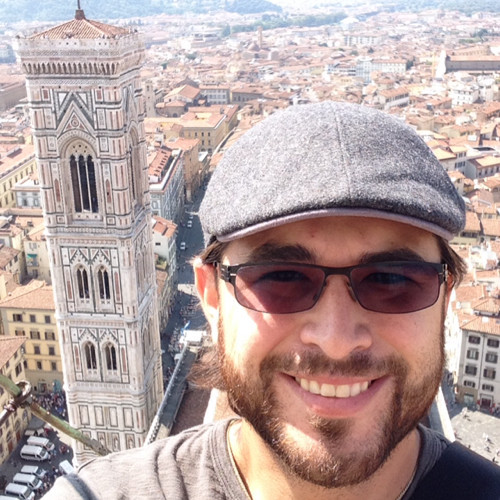
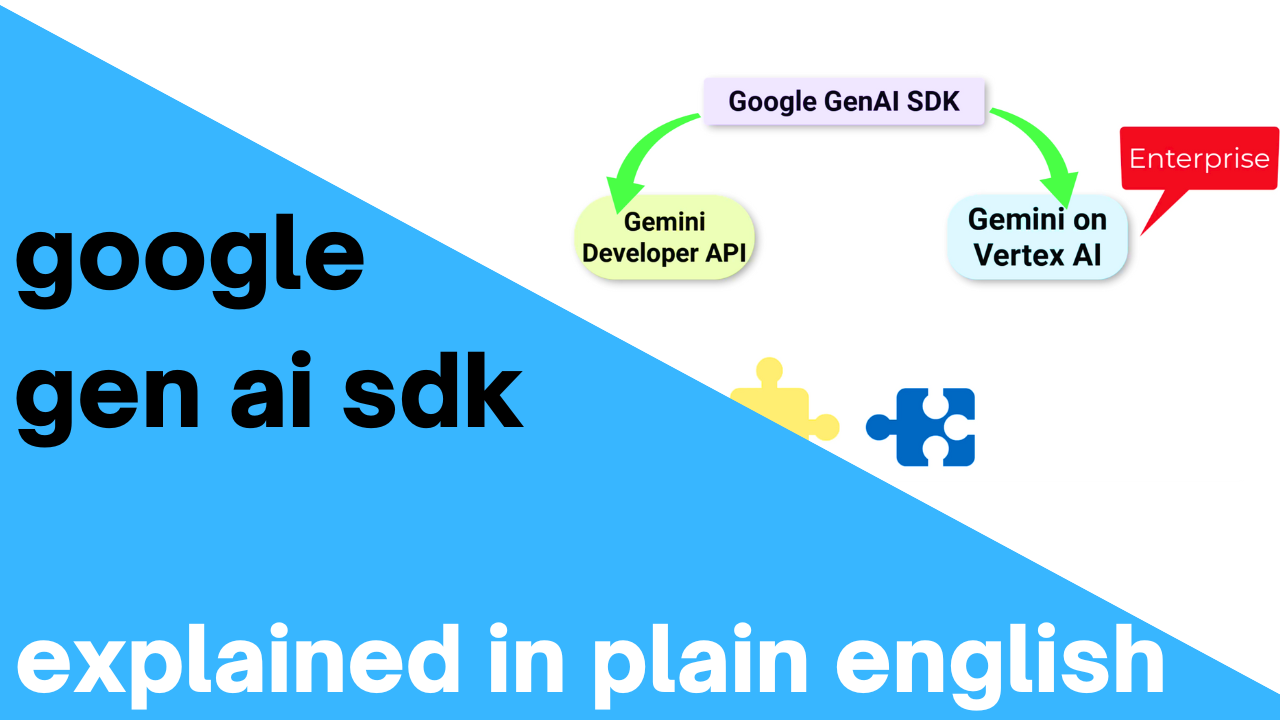
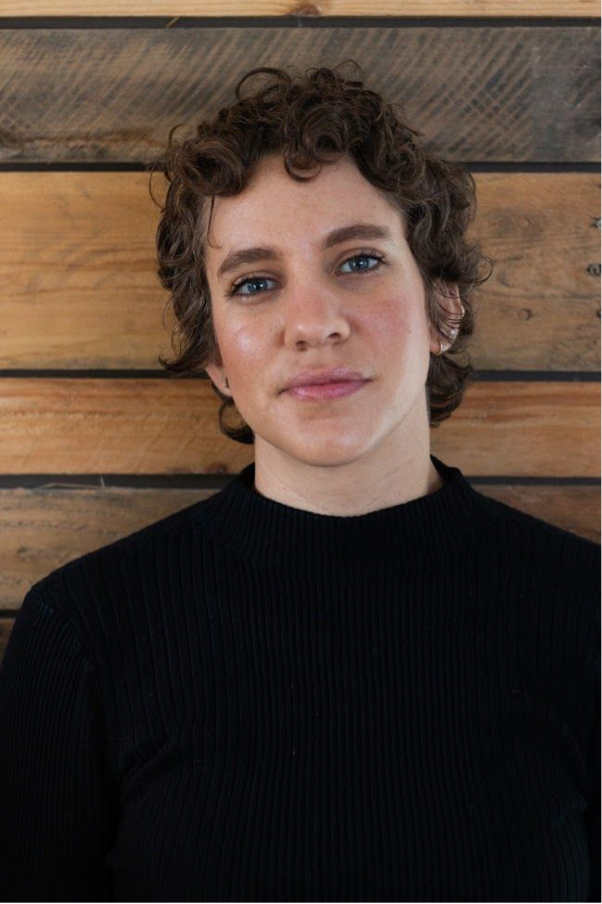
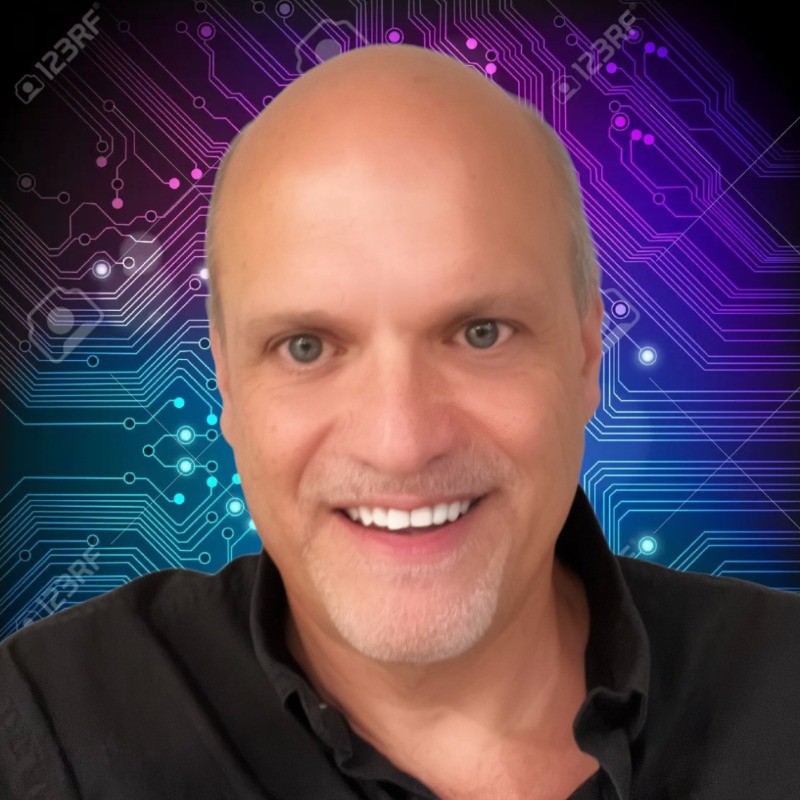
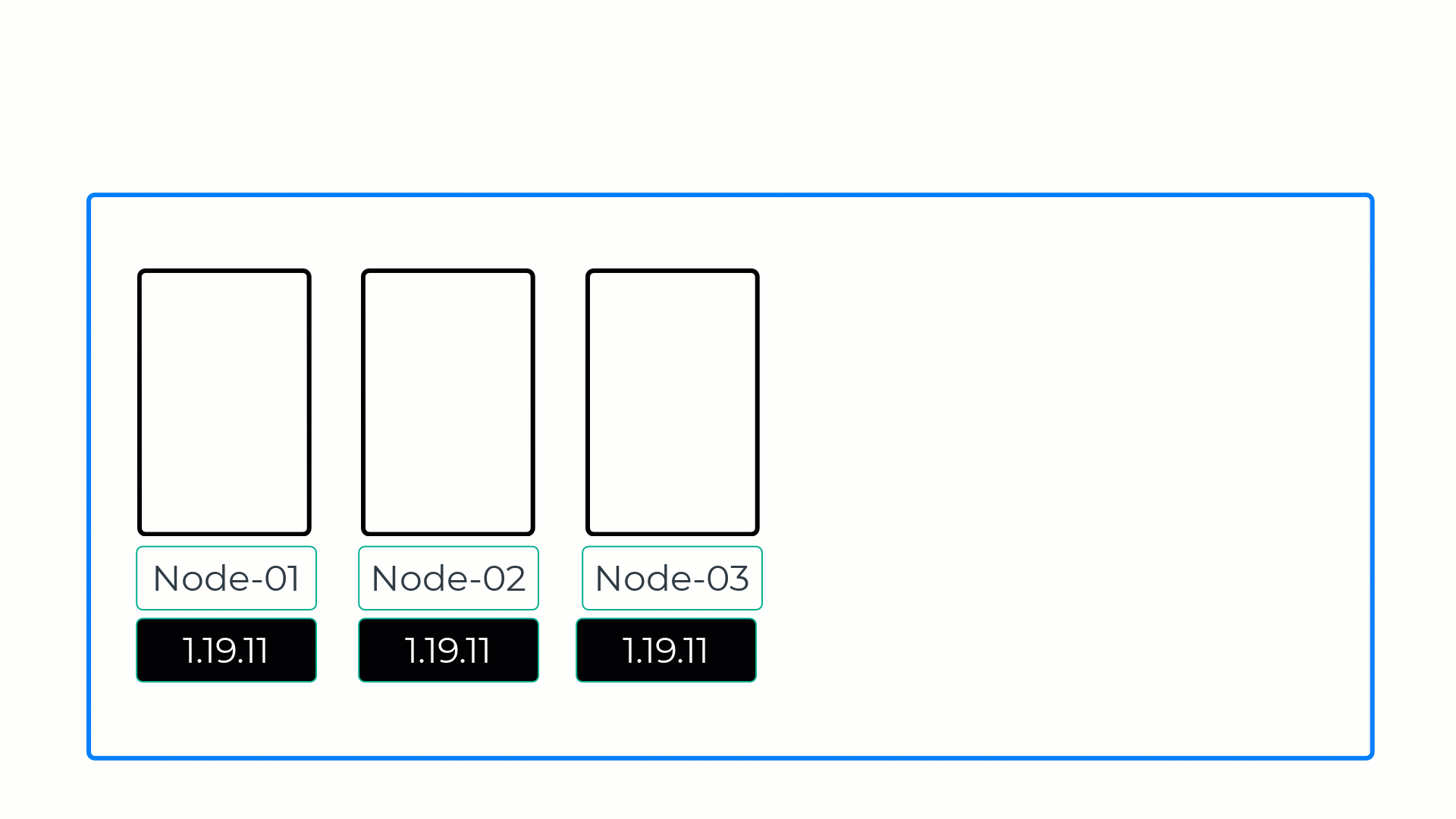
Leave a comment